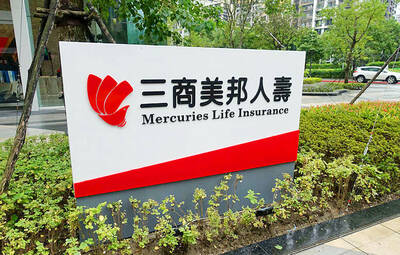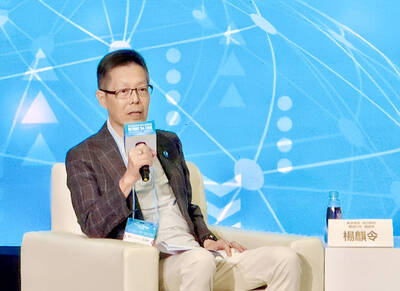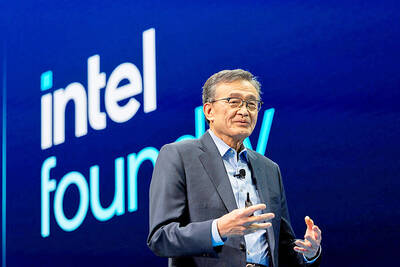More than 20 Japanese and US chipmakers plan to jointly develop technology to mass-produce a next-generation semiconductor using magnetoresistive random access memory (MRAM), the business daily Nikkei reported yesterday.
US chip giant Micron Technology Inc and Tokyo Electron Ltd of Japan will lead the joint project, hoping to perfect the technology within three years and start mass production as early as 2018, the newspaper said without citing sources.
MRAM is touted as the next frontier for computing memory over the current standard, dynamic random access memory (DRAM). The technology under development will have a memory capacity 10 times that of DRAM and reduce its electricity draw to about two-thirds of the existing standard, the Nikkei said.
FASTER COMPUTERS
According to MRAM’s backers, the real-world benefits would include much faster computing times and lower power consumption, leading to longer-lasting batteries.
The Nikkei said that other participants in the research project based at Tohoku University in Sendai, northern Japan, include Shin-Etsu Chemical Co Ltd, Renesas Electronics Corp and Hitachi Ltd.
Japan’s Toshiba Corp and South Korea’s SK Hynix Inc are jointly developing MRAM in a separate project while South Korea’s Samsung Electronics Co is doing its own research on the new chip, the report said.

Mercuries Life Insurance Co (三商美邦人壽) shares surged to a seven-month high this week after local media reported that E.Sun Financial Holding Co (玉山金控) had outbid CTBC Financial Holding Co (中信金控) in the financially strained insurer’s ongoing sale process. Shares of the mid-sized life insurer climbed 5.8 percent this week to NT$6.72, extending a nearly 18 percent rally over the past month, as investors bet on the likelihood of an impending takeover. The final round of bidding closed on Thursday, marking a critical step in the 32-year-old insurer’s search for a buyer after years of struggling to meet capital adequacy requirements. Local media reports

US sports leagues rushed to get in on the multi-billion US dollar bonanza of legalized betting, but the arrest of an National Basketball Association (NBA) coach and player in two sprawling US federal investigations show the potential cost of partnering with the gambling industry. Portland Trail Blazers coach Chauncey Billups, a former Detroit Pistons star and an NBA Hall of Famer, was arrested for his alleged role in rigged illegal poker games that prosecutors say were tied to Mafia crime families. Miami Heat guard Terry Rozier was charged with manipulating his play for the benefit of bettors and former NBA player and

TECHNOLOGICAL RIVALRY: The artificial intelligence chip competition among multiple players would likely intensify over the next two years, a Quanta official said Quanta Computer Inc (廣達), which makes servers and laptops on a contract basis, yesterday said its shipments of artificial intelligence (AI) servers powered by Nvidia Corp’s GB300 chips have increased steadily since last month, should surpass those of the GB200 models this quarter. The production of GB300 servers has gone much more smoothly than that of the GB200, with shipments projected to increase sharply next month, Quanta executive vice president Mike Yang (楊麒令) said on the sidelines of a technology forum in Taipei. While orders for GB200 servers gradually decrease, the production transition between the two server models has been

BETTER THAN EXPECTED: The firm’s Q3 results exceeded its projections, based on ‘the underlying strength of our core markets,’ chief financial officer Dave Zinsner said Intel Corp returned to profitability and gave an upbeat revenue forecast after PC demand grew, suggesting that it is making progress on a long and challenging comeback attempt. In the third quarter, revenue rose 3 percent to US$13.7 billion. The Santa Clara, California-based company posted its first quarterly net income since the end of 2023, with earnings per share of US$0.23, excluding some items. Analysts had estimated sales of US$13.2 billion and earnings per share of US$0.01 on average, according to data compiled by Bloomberg. Fourth-quarter sales would be roughly US$13.3 billion, the company said in a statement on Thursday. Intel shares gained about